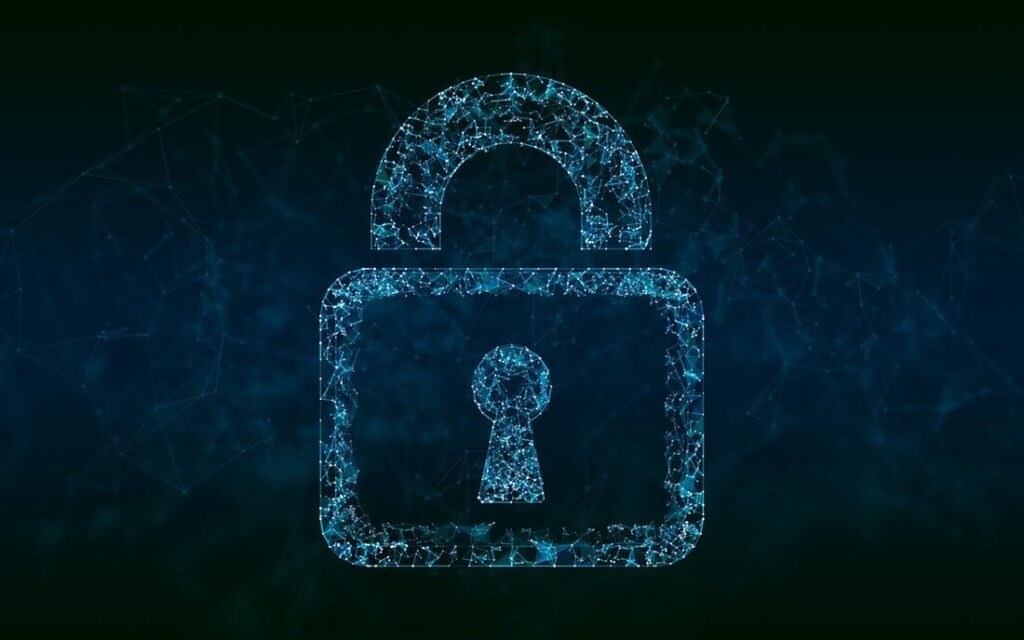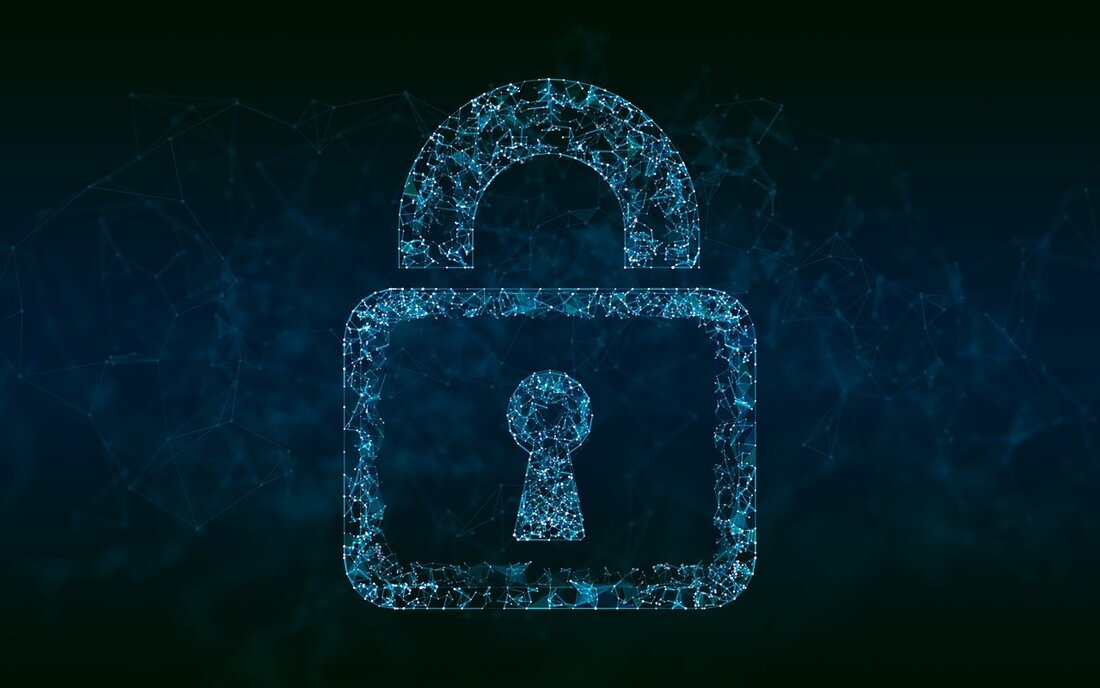Reducing Cybersecurity Risk: Harnessing Threat Modeling for Effective Protection

In today’s digital landscape, where cybercriminals can infiltrate a staggering 93% of company networks, organizations must be proactive in safeguarding their assets and systems. One effective approach to combating these intrusions is through the practice of threat modeling. Threat modeling is a systematic process that enables businesses to identify potential threats and vulnerabilities, prioritize risk management strategies, and ultimately mitigate the risk of costly cyber incidents. This article provides a step-by-step guide to conducting a threat model, emphasizing the importance of comprehensive threat identification. Additionally, it highlights the benefits of incorporating threat modeling into a cybersecurity strategy, such as improved understanding of threats, cost-effective risk management, business alignment, and reduced risk of cyber incidents.
Step 1: Identify Assets That Need Protection:
The initial step in the threat modeling process is to identify the assets that are most critical to the organization. These assets can include sensitive data, intellectual property, financial information, and even phishing-related assets like company email accounts. In the face of the rapidly growing threat of business email compromise, it is crucial to acknowledge the potential risks associated with breached company email logins. By identifying and prioritizing these valuable assets, businesses can focus their efforts on implementing effective protective measures.
Step 2: Identify Potential Threats:
Once the critical assets are identified, the next step is to assess potential threats that may compromise their security. Common threats include cyber-attacks such as phishing, ransomware, malware, and social engineering. However, it is equally important to consider physical breaches and insider threats where employees or vendors have access to sensitive information. Additionally, organizations must be aware that not all threats are the result of malicious intent, as human error accounts for approximately 88% of data breaches. Mistake-related threats, such as weak passwords, unclear cloud use policies, lack of employee training, and poor or non-existent Bring Your Own Device (BYOD) policies, should be taken into account during threat identification.
Step 3: Assess Likelihood and Impact:
After identifying potential threats, businesses should assess their likelihood of occurrence and the potential impact they could have on operations, reputation, and financial stability. This assessment should be based on current cybersecurity statistics and a comprehensive vulnerability assessment, preferably conducted by a trusted third-party IT service provider. Relying solely on internal input may result in overlooking critical vulnerabilities. By understanding the likelihood and impact of each threat, organizations can prioritize risk management strategies effectively.
Step 4: Prioritize Risk Management Strategies:
With a clear understanding of the potential threats and their associated risks, businesses can prioritize risk management strategies accordingly. It is crucial to consider the likelihood and impact of each potential threat to determine the most effective and impactful solutions. Due to resource limitations, most organizations cannot address all threats simultaneously, so ranking and prioritizing the strategies based on their potential cybersecurity impact is essential. Some common strategies to consider include implementing access controls, firewalls, intrusion detection systems, employee training and awareness programs, and endpoint device management. Moreover, it is vital to assess the cost-effectiveness of these strategies and ensure they align with the organization’s business goals.
Step 5: Continuously Review and Update the Model:
Threat modeling is not a one-time process but rather an ongoing effort. Cyber threats evolve rapidly, necessitating regular reviews and updates to the threat model. This ensures that security measures remain effective and aligned with the organization’s business objectives. By staying proactive and adaptable, businesses can keep pace with emerging threats and make timely adjustments to their risk management strategies.
Benefits of Threat Modeling for Businesses:
Implementing threat modeling as part of a cybersecurity strategy offers numerous benefits for businesses. Firstly, it enhances the understanding of specific threats and vulnerabilities, enabling organizations to uncover gaps in their security measures and identify appropriate risk management strategies. Ongoing threat modeling helps companies stay ahead of new and emerging threats, as the landscape of cyber threats constantly evolves.
Furthermore, threat modeling promotes cost-effective risk management by addressing risks based on their likelihood and impact. By prioritizing resources and investments, organizations can optimize their security measures and allocate them efficiently.
Threat modeling also facilitates business alignment, ensuring that security measures support and align with the organization’s overarching objectives. This reduces the potential impact of security measures on business operations and enables a coordinated approach between security, goals, and daily operations.
Lastly, threat modeling significantly reduces the risk of cyber incidents by implementing targeted risk management strategies. By proactively identifying and addressing potential threats, organizations can minimize the likelihood and impact of cybersecurity incidents, safeguarding their valuable assets and mitigating the negative consequences of security breaches.
Threat modeling is a critical process that enables businesses to effectively reduce their cybersecurity risk. By identifying potential threats, prioritizing risk management strategies, and continuously reviewing and updating the threat model, organizations can enhance their understanding of threats, optimize resource allocation, align security measures with business objectives, and ultimately reduce the risk of cyber incidents. To get started with comprehensive threat identification and ensure a robust threat modeling program, organizations are encouraged to seek assistance from experts in the field.




